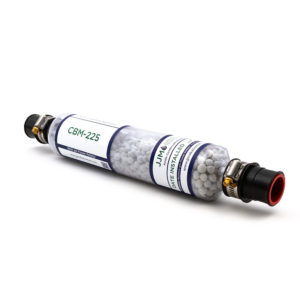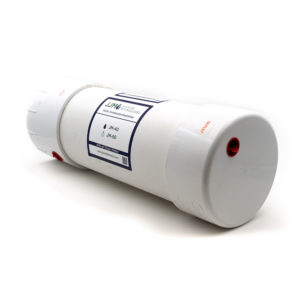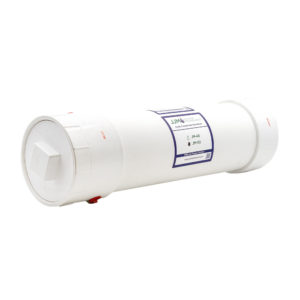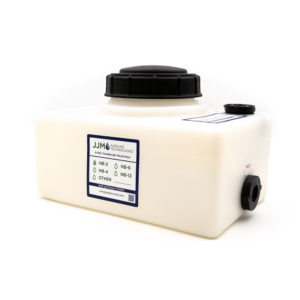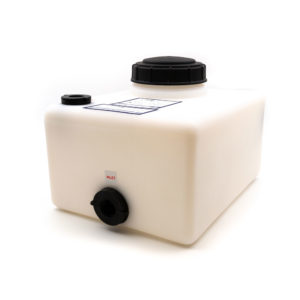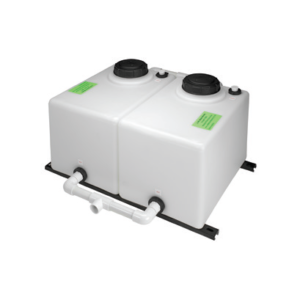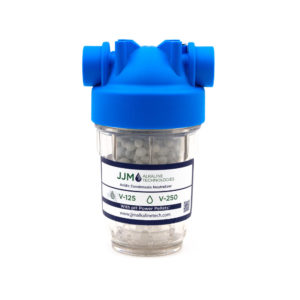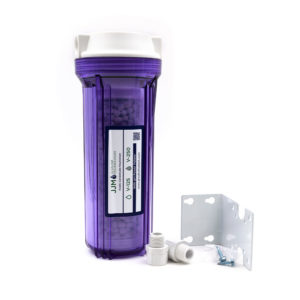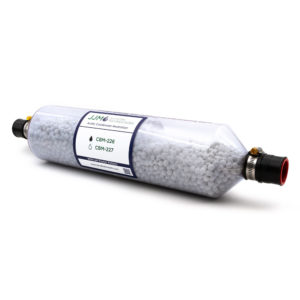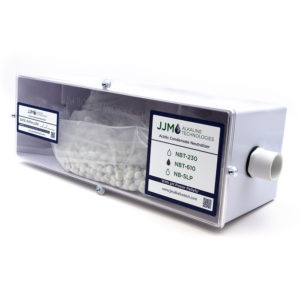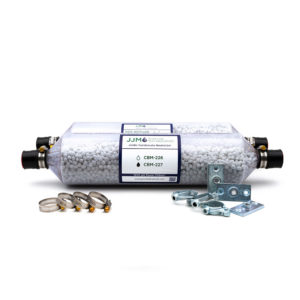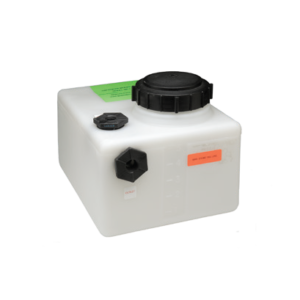BTU Input of Heating Equipment
This is the fundamental factor to consider when sizing a neutralizer. JJM™ products are rated according to BTU capacity and the resulting gallons per hour (GPH) of condensate produced by the appliance(s). The guide below provides the estimated condensate produced based on an appliance’s efficiency and BTU input. As efficiency and heating input capacity increases so does the condensate produced.
| Equipment Efficiency | GPH Condensate |
|---|---|
| 90% | .725 / Per 100,000 BTU Input |
| 91% | .733 / Per 100,000 BTU Input |
| 92% | .741 / Per 100,000 BTU Input |
| 93% | .750 / Per 100,000 BTU Input |
| 94% | .758 / Per 100,000 BTU Input |
| 95% | .766 / Per 100,000 BTU Input |
| 96% | .774 / Per 100,000 BTU Input |
| 97% | .782 / Per 100,000 BTU Input |
| 98% | .790 / Per 100,000 BTU Input |
| 99% | .798 / Per 100,000 BTU Input |
Heating Days
The degree and variance of heat required could impact the volume of condensate produced.
System Design
The type of heating system, such as process, radiant, snow melt, or hydronic, should be considered as well. Specific operating site conditions or configuration, such as location or height of the heating appliance, could determine the appropriate neutralizer solution.
Operating Hours
Operating hours of the heating equipment (often a consideration in commercial installations) could impact the volume of condensate produced. Extreme peaks in condensate production can impact the soak time necessary for safe condensate neutralization.
Select Your MBH's
Up to 250 MBH
Products up to 250 MBH
250-1,500 MBH
Products from 250 up to 1,500 MBH
1,500-3,500 MBH
Products from 1,500 up to 3,500 MBH
3,500-5,000 MBH
Products from 3,500 up to 5,000 MBH
Above 5,000 MBH
Products above 5,000 MBH



